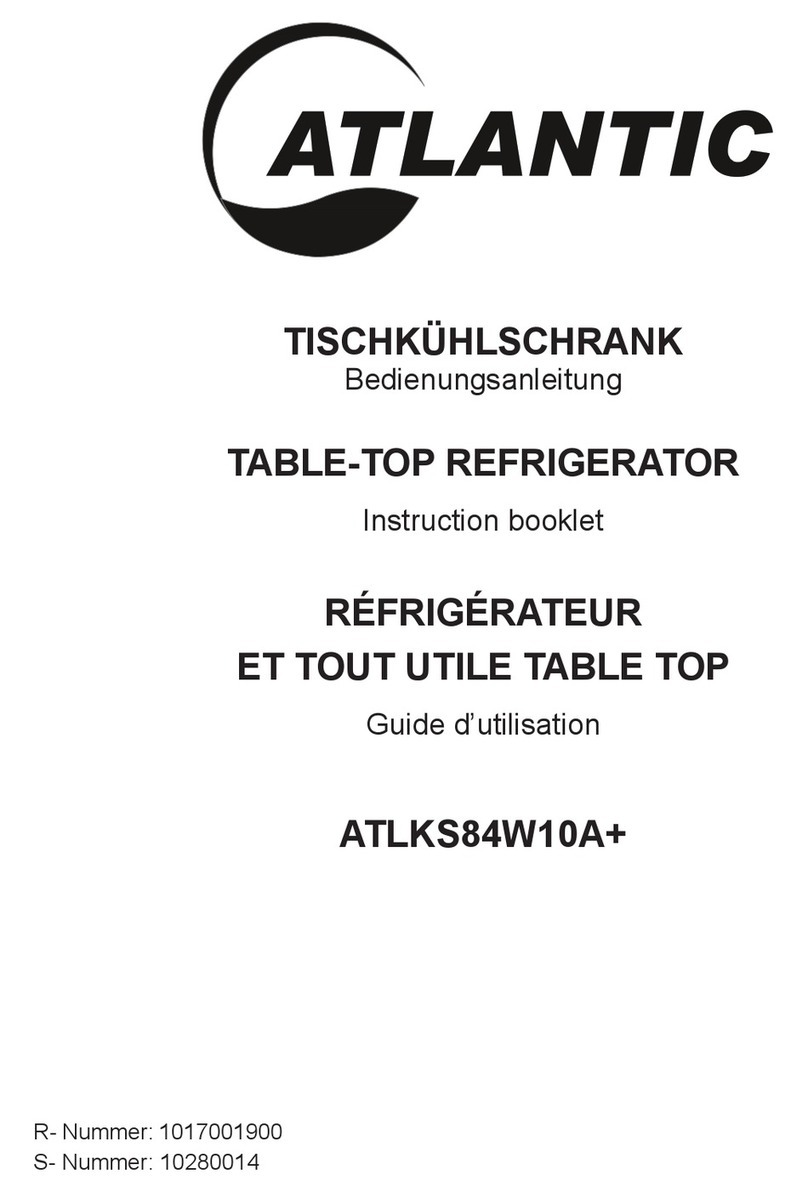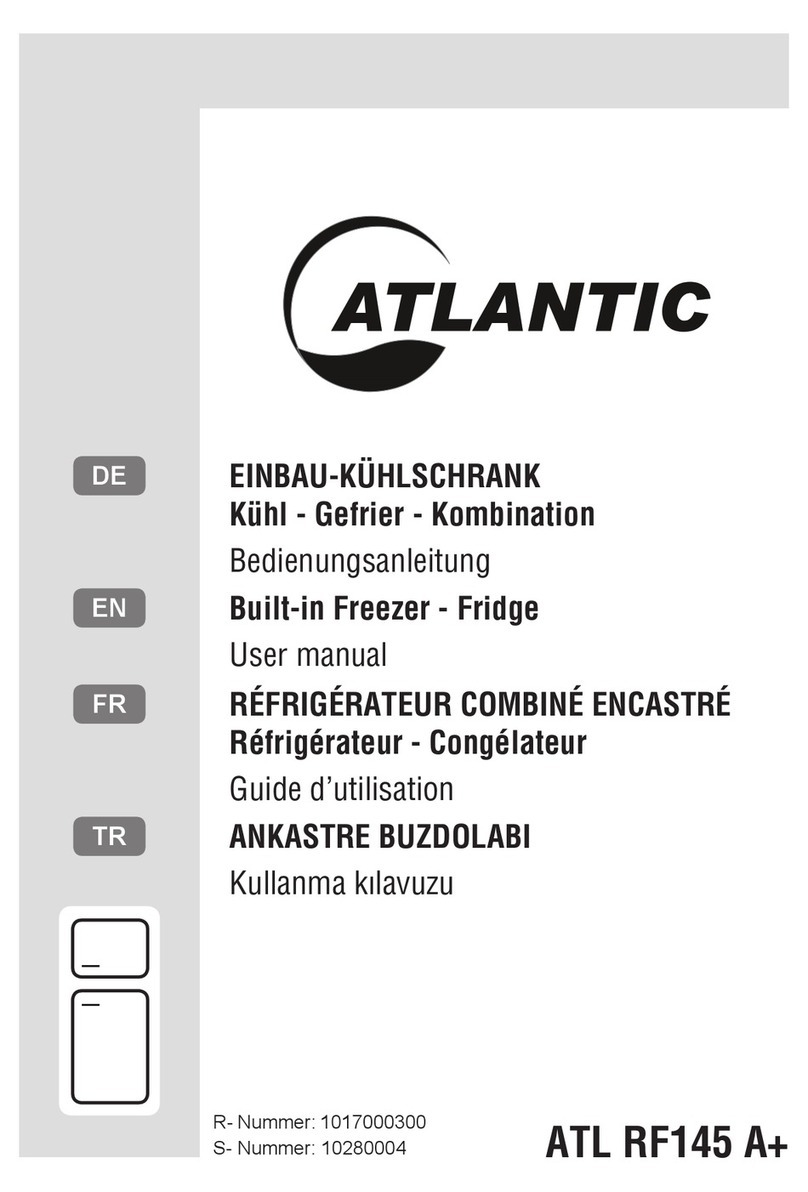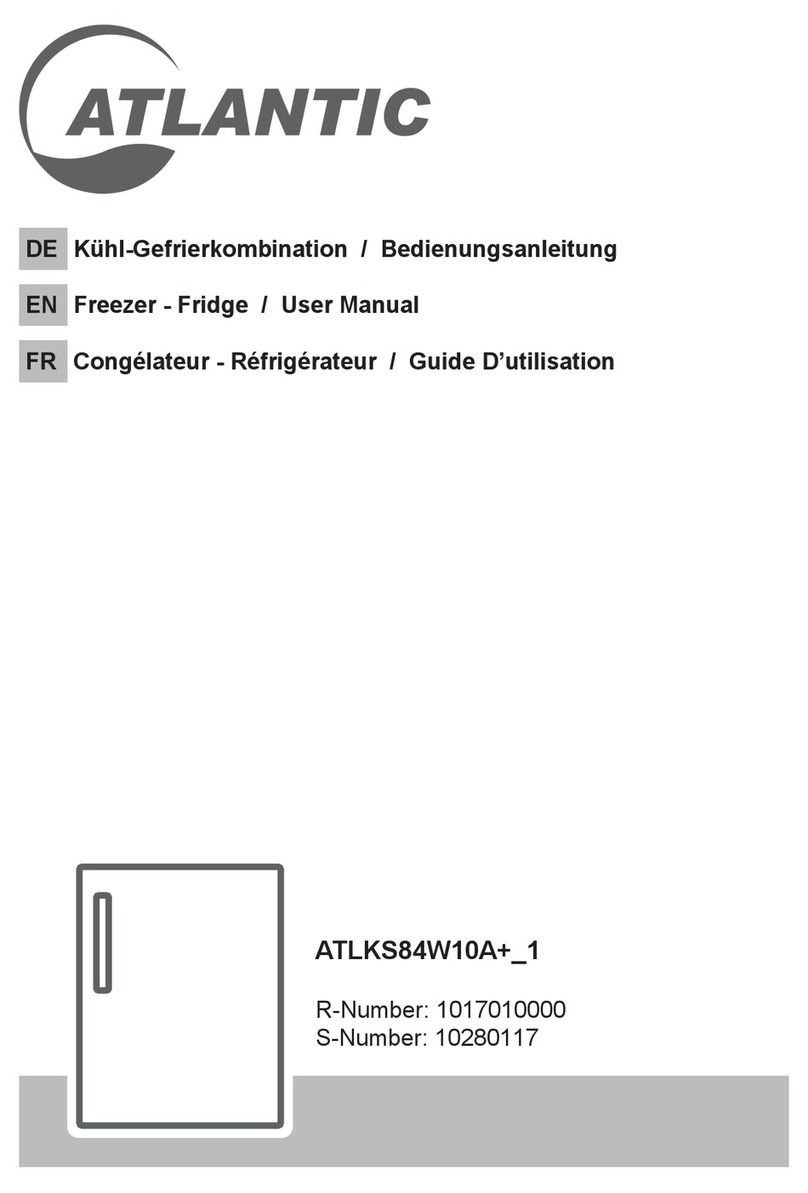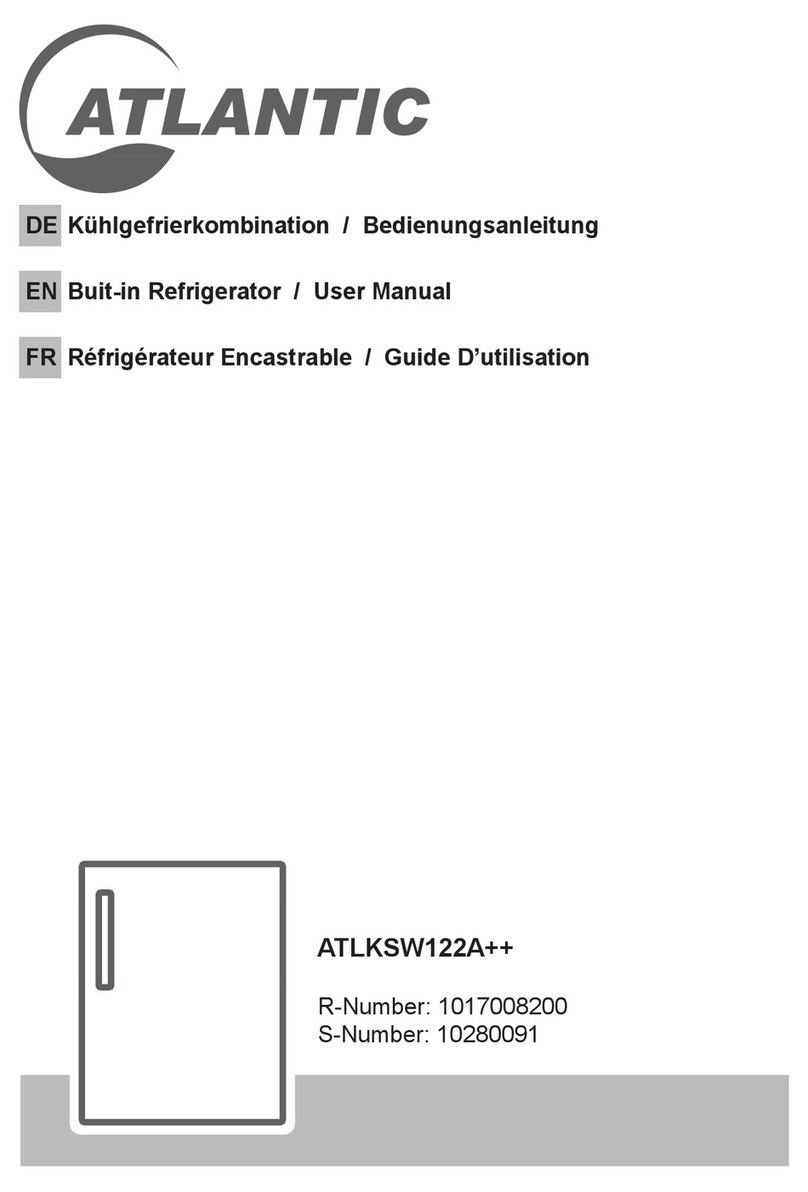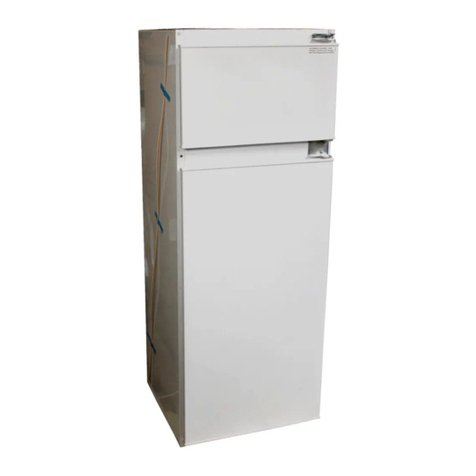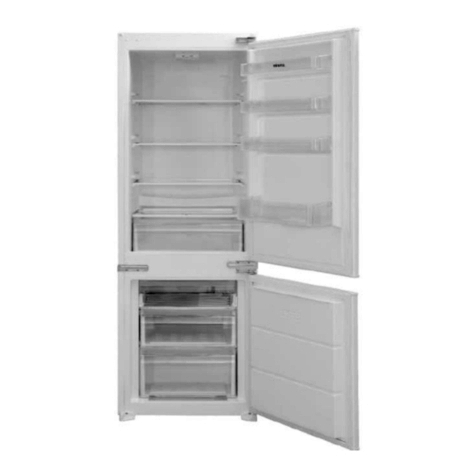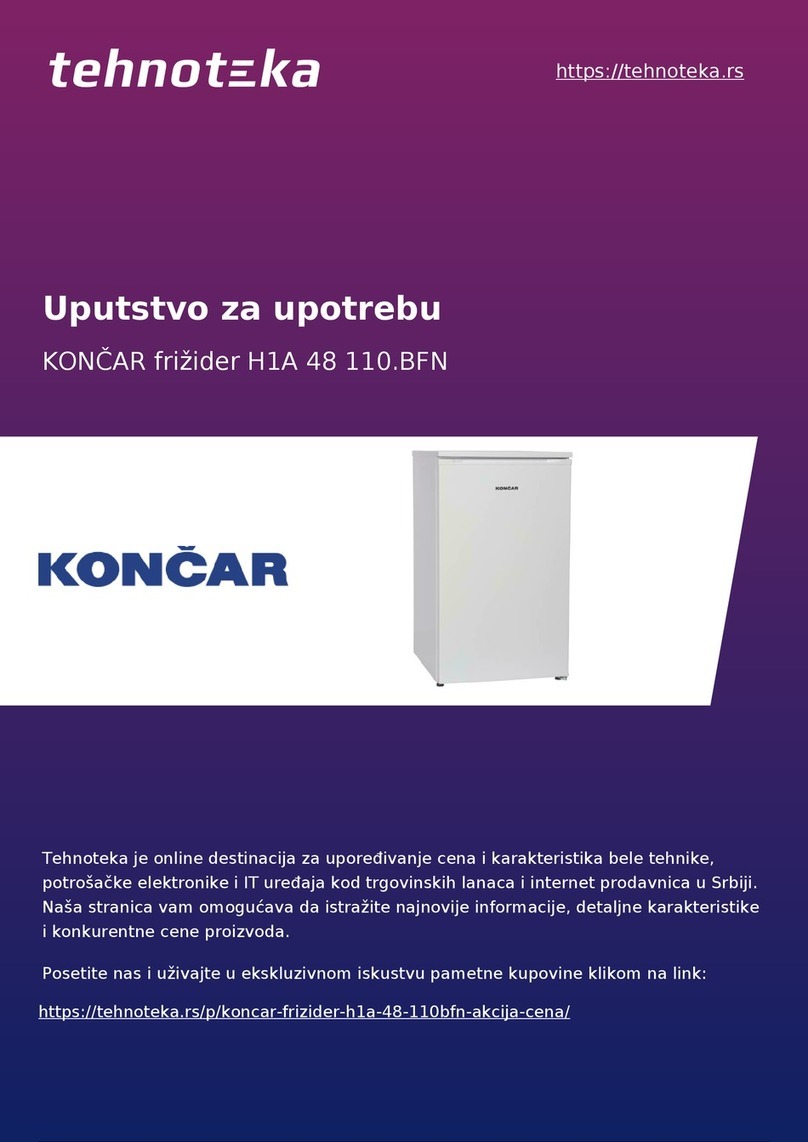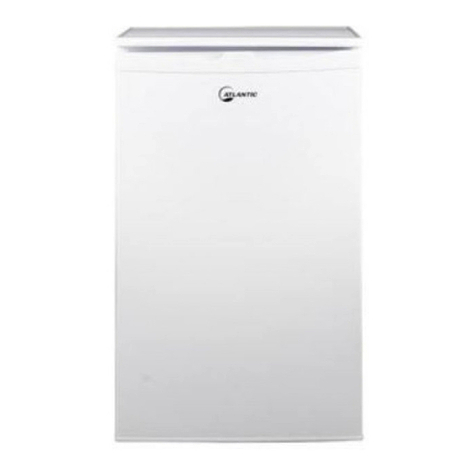
EN - 26 -
If the unit is switched o or unplugged, you must allow at least 5 minutes before restarting
or re-plugged the unit in order not to damage the compressor.
Super freezing: This switch shall be used as superfreeze switch. For maximum freezing
capacity, please turn on this switch before 24 hours placing fresh food. After placing fresh
food in the freezer, 24 hours ON position is generally sucient. In order to save energy,
please turn o this switch after 24 hours from placingfresh food.
Temperature Settings Warnings
• The ambient temperature, temperature of the freshly stored food and how often the door
is opened aects the temperature in the refrigerator compartment. If required, change
the temperature setting.
• It is not recommended that you operate your fridge in environments colder than 10°C in
terms of its eciency.
• When setting the thermostat, take into consideration how often the appliance doors are
opened and closed, how much food is stored in the refrigerator, and the environment in
which the refrigerator is located.
• When the appliance is rst switched on, allow it to run for 24 hours in order to reach
operating temperature. During this time, do not open the door and do not keep a large
quantity of food inside.
• Unplug your appliance during a power cut to prevent damage to the compressor. Once
power is restored, delay plugging in your appliance for 5 to 10 minutes. This will help
prevent damage to the appliance's components.
• Your appliance is designed to operate in the ambient temperature ranges stated in
the standards, according to the climate class stated in the information label. It is not
recommended that your fridge is operated in the environments which are outside of the
stated temperature ranges. This will reduce the cooling eciency of the appliance.
• Your appliance is designed to operate in the ambient temperature (T/SN = 10°C -
43°C) intervals stated in the standards, according to the climate class displayed on the
information label. We do not recommend operating your appliance out of the stated
temperature limits in terms of cooling eectiveness.
Climate class and meaning:
T (tropical): This refrigerating appliance is intended to be used at ambient temperatures
ranging from 16 °C to 43 °C.
ST (subtropical): This refrigerating appliance is intended to be used at ambient
temperatures ranging from 16 °C to 38 °C.
N (temperate): This refrigerating appliance is intended to be used at ambient temperatures
ranging from 16 °C to 32 °C.
SN (extended temperate): This refrigerating appliance is intended to be used at ambient
temperatures ranging from 10 °C to 32 °C.
